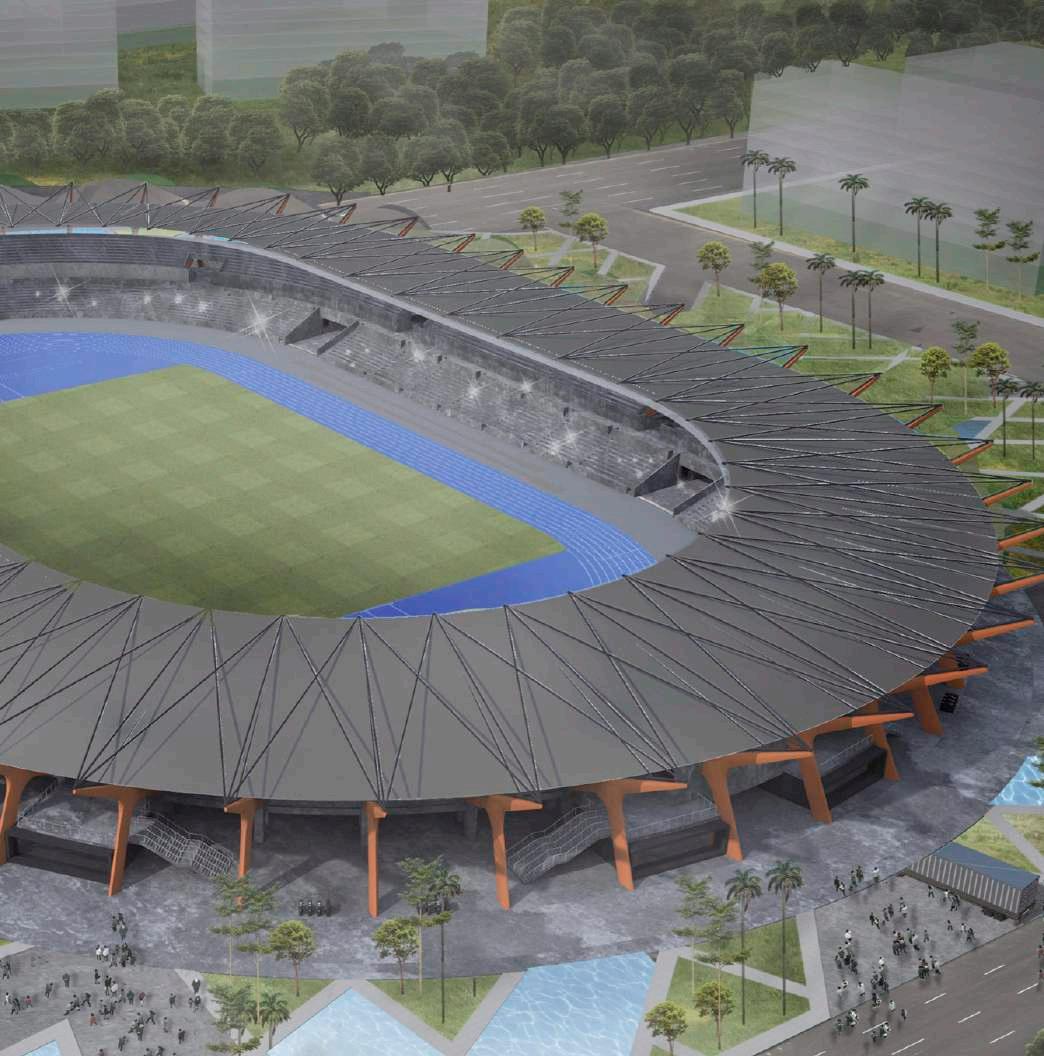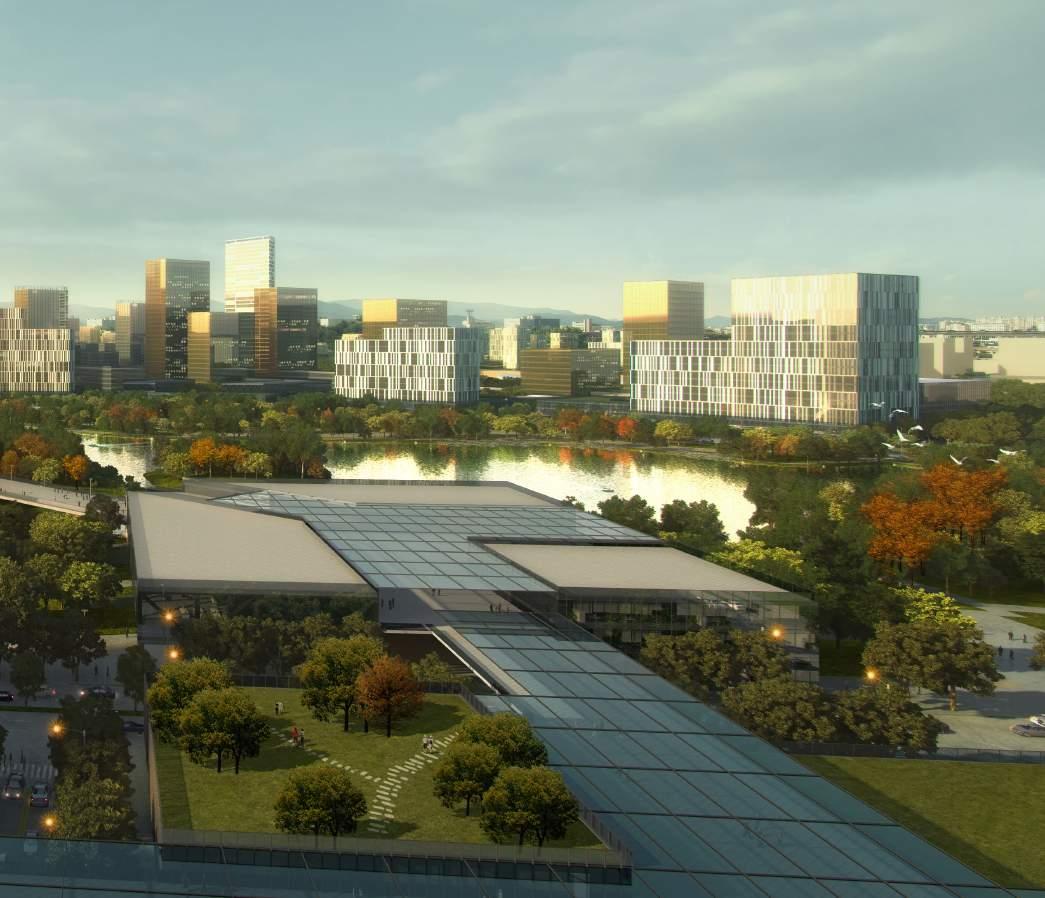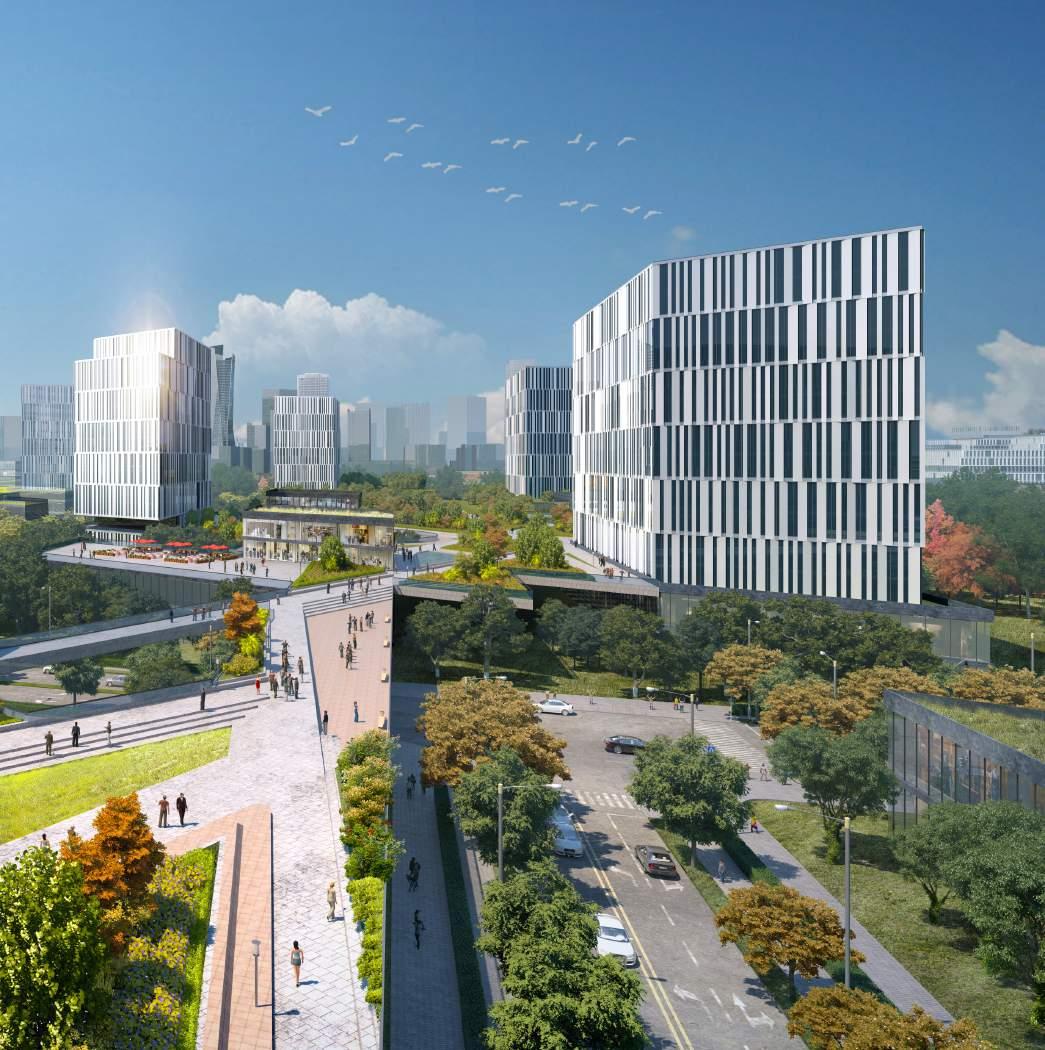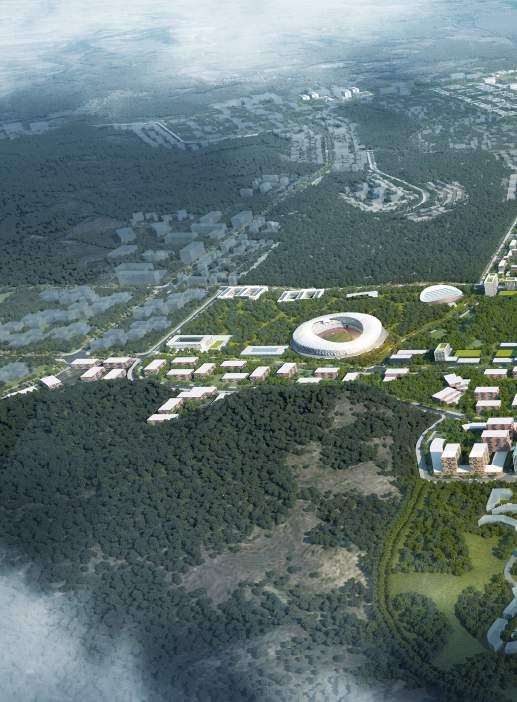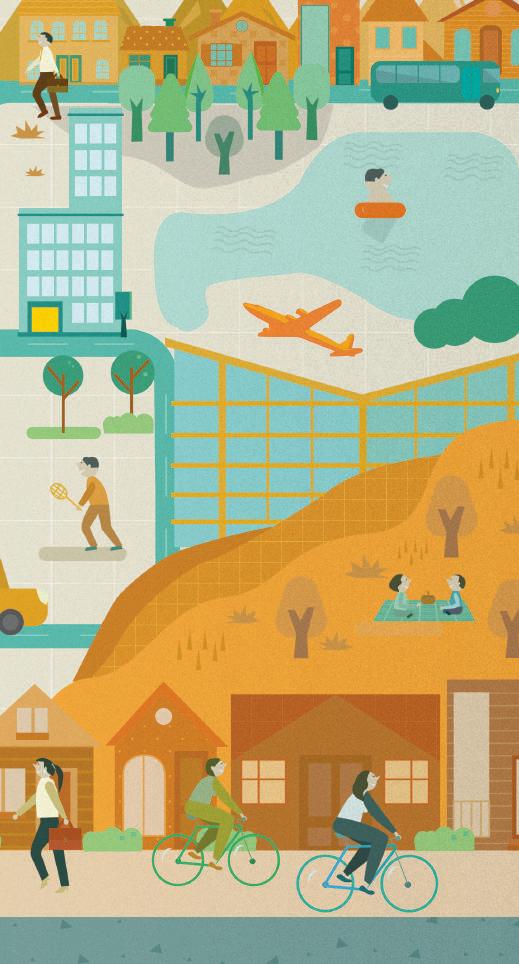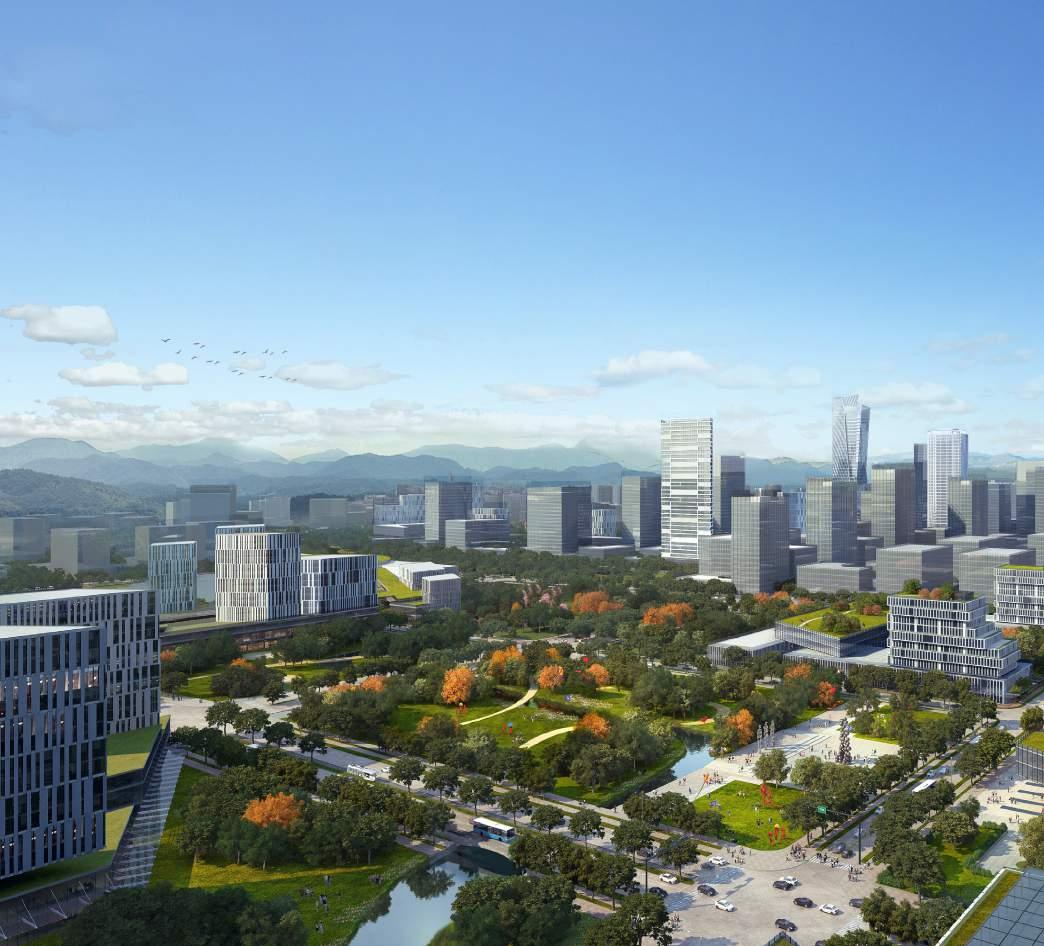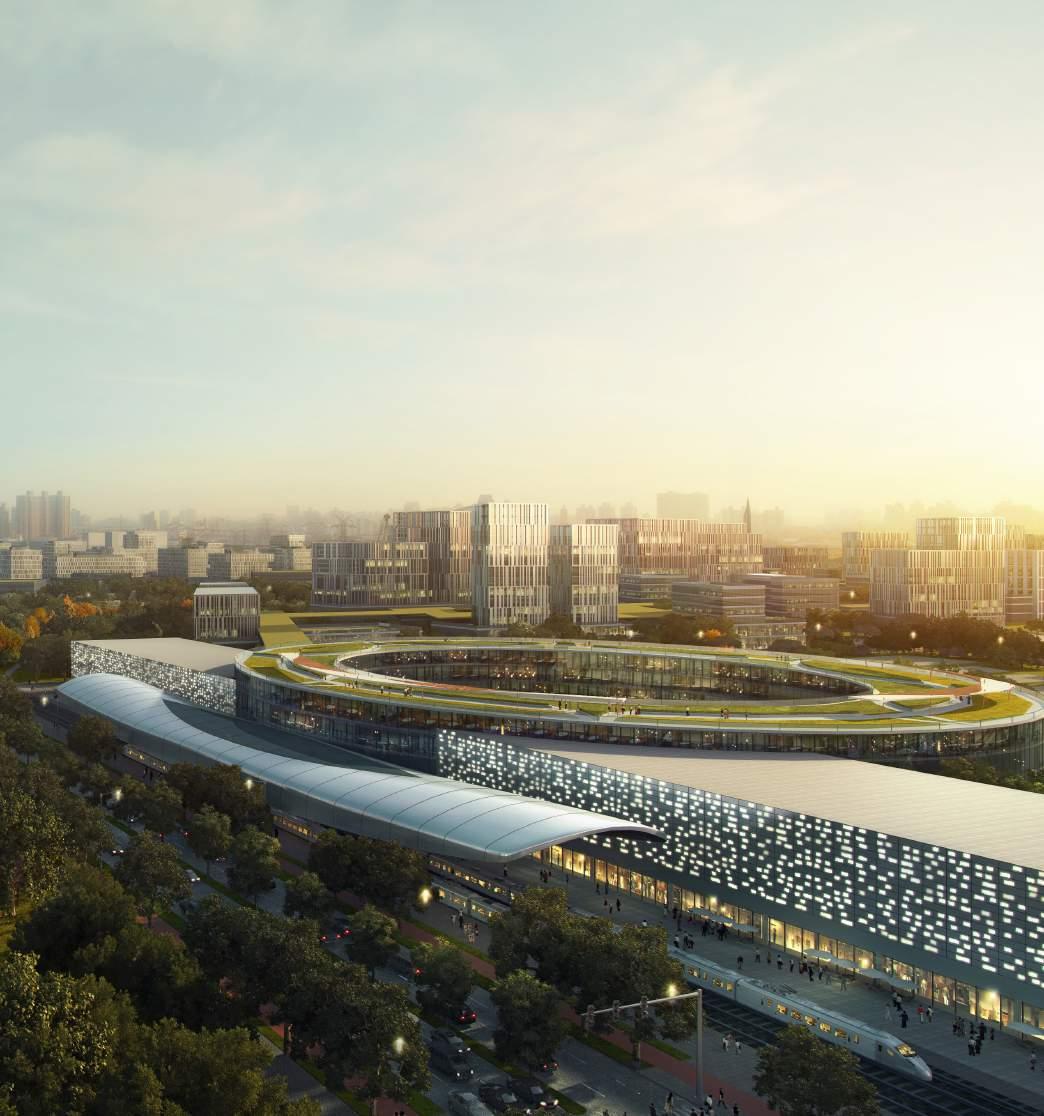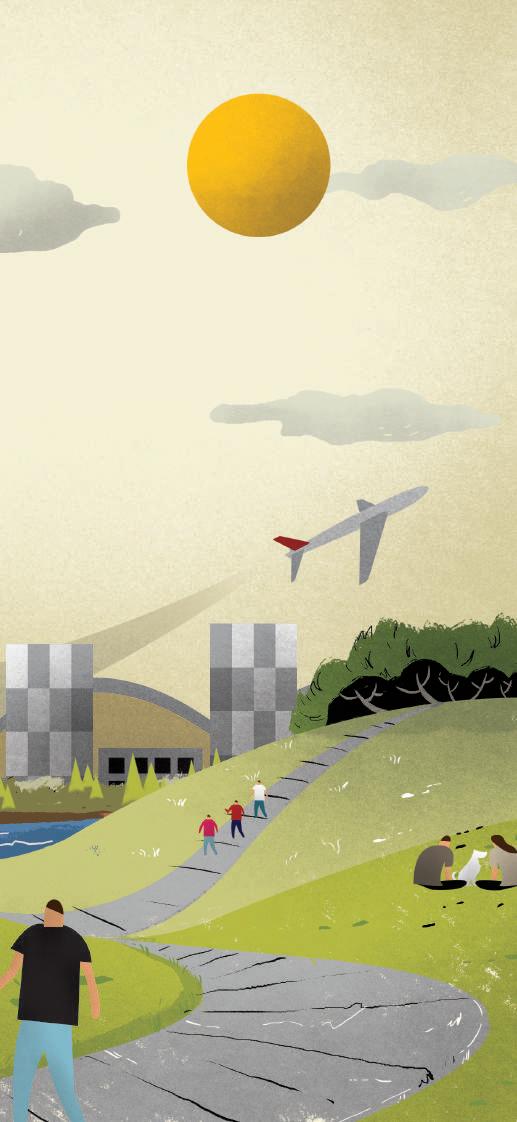
7 minute read
SPACE
from Clark Magazine Vol 1
by BCDA
A city that breathes
New Clark City’s masterplan calls for an unprecedented 60 percent of land as open space
Advertisement
By Julia Nebrija
The quality of a great city is measured not by what is built, but what is lef open. For Jan Gehl, the godfather of public space, urban design has a clear hierarchy: “First life, then spaces, then buildings— the other way around never works.”
Although the concept of cities themselves are rooted in the public realm, they have been vigorously ignored in much of modern day planning. Today, cities are fghting to bring back public, open space as challenges such as climate change, density, and mobility threaten quality of life. In fact, United Nations-Habitat deemed public space so crucial it received mention as one of the Sustainable Development Goals, and is even part of a follow up provision titled the “New Urban Agenda”.
New Clark City aims to set a new bar for masterplanned cities. Central to this goal is the more than 60 percent of land that is designed as open space. In a recent study, U.N.-Habitat found that the most successful cities allocate 50 percent to open space; 30 percent of which consists of streets and 20 percent to other public spaces like parks, playgrounds, and markets. Te percentage for New Clark City is rare at the international level—and is unprecedented for a Philippine city.
A 2010 study of Metro Manila found there are fve square meters of green space per person, well below the recommended World Health Organization (WHO) minimum of nine square meters per person. Te amount of space is not the only indicator of a livable city. Green space should be integrated to daily life, which is why the WHO also advocates that all urban citizens live within a 15-minute walk to green space. In New Clark City, there is not only plenty of public space, but it is the fabric that weaves the city together.
Te percentage of open space in New Clark City is high. While it may be counterintuitive to leave valuable land unbuilt, the justifcation behind this ratio is three-fold: to create a livable environment for people, ensure resilience, and increase the value of investment.
Working with what’s there
Te term masterplan ofen leads people to believe a city rises from a blank slate. One of the frst moves in designing a new city is paying attention to what already exists. For New Clark City, the masterplan integrates an ambitious portfolio of investments around a carefully carved open space network, protecting existing features and integrating new ones.
Zooming out, at the boundaries of the site, the hills will be preserved in their natural state. Te extensive tree cover is crucial to absorb rainfall and prevent runof and in helping to cool and clean the air around the city’s core. Zooming in, the city is defned by two rivers, the larger of which forms the spine of the urban grid. Te programming around the river will be a prime public space for leisure, recreation, and culture. Preserving these rivers ensures the natural retention of foodwaters. Te creation of lagoons in target areas provides additional retention and brings a refreshing visual to the landscape. Te rivers lead to a large park, which is one of many still being designed. As the development evolves, public parks will be integrated based on the balance of residential, commercial, and civic uses.
Streets are the most common open space in a city. In New Clark City, they go well beyond the use as a roadway. Te streets follow the grid model famous for making cities such as New York easy to navigate. Within this grid, people will enjoy commuting along wide shaded sidewalks and bike lanes. Te streets are a living part of the city as a key to green infrastructure, with the integration of bioswales and permeable pavement to mitigate fooding by managing stormwater. Tese designs follow an international trend to maximize streets as primary urban places.
Although open space is ofen thought of as land, sight lines and air fow also infuence urban design. New Clark City considered a careful balance of densities and positioning of buildings to capture the natural wind patterns in the area, allowing for valuable urban ventilation. From the green to the blue, this will be a city that breathes.
Open space plays a major role in how a city thrives today and in the future. Te city needs it to survive environmental trials, attract and retain a talented workforce, and protect the investments that go into building a new metropolis. In other words, open space is at the heart of sustainability.
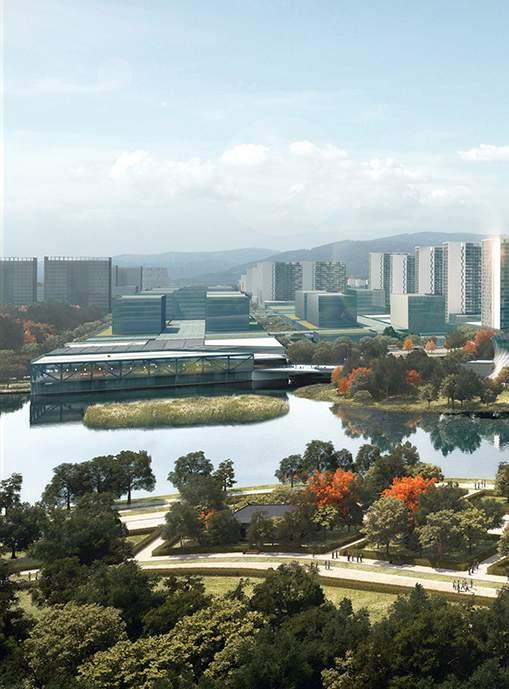
Julia Nebrija is a Manila-based urban planner with a Master’s Degree in Urban Design from the City College of New York. She is a government consultant on inclusive mobility and more livable cities, which she also works for through her non-profts, Viva Manila, and Inclusive Mobility Network.
In the frst ever Urban Resiliency Summit organized by 100 Resilient Cities, a non-proft put up by the Rockefeller Foundation, it was pretty much made clear that the state of transportation, poverty, public health—diferent stresses that a city experiences every day, or cyclically—put a community in as much risk as a super storm, or a heatwave. For the 500 urban planners and leaders that made it to the summit in
July 2017 in New York City, this wasn’t breaking news.
Boston’s Chief Resilience Ofcer, Dr. Atyia Martin, said, “Resilience is not about dealing with foods or earthquakes, but encompasses everything from fnancial stability to social equity.”
“Resiliency is the ability to bounce back better, but also the ability to not have to bounce back as much,” explains Sylvester Wong, vice president of AECOM, which has partnered with Bases Conversion and Development Authority (BCDA) to develop the Philippines’ first and largest fully resilient city. “It’s got three stages—planning for the unexpected, handling the unexpected at the time of the unexpected, and third, it’s what you do afterwards.”

“Resiliency” is part of the three-pronged approach AECOM and BCDA are utilizing in envisioning New Clark City. The other two are “Investability” and “Connectivity”.
“Resiliency” is part of the three-pronged approach AECOM and BCDA are utilizing in envisioning New Clark City (NCC), a master-planned community with an unmatched ratio of green space, a spanking new government center, smart buildings, and integrated transport systems, located in 9,450 hectares in the vicinity of Clark Freeport Zone and Clark International Airport. Te other two tines of the masterplan trident are “Investability” and “Connectivity”, which in themselves make for, glibly put, a zombie-apocalypse-proof city.
In the Philippines, however, this holistic understanding of resiliency has yet to take anchor. Resiliency in most quarters is still very much about withstanding disaster brought about by the wide-scale and visible efects of climate change—having rafs ready during rainy season, or making sure children have a school to go back to when foodwaters recede. It takes a whole new way of thinking to take a longview and translate it into how it can work for a community in all minutae of their lives—and not just afer the onslaught of a storm.
Not that NCC disregarded this basic prerequisite of a disaster-proof city. “All the fault lines in the Philippines avoid that area,” comments Wong. “It’s an advantage. Another is it not being next to the coast, where you have sea-rise issues.”
Preparing for slow onset impacts of climate change and staying resilient should always be a priority. In a policy paper I authored in 2015, presented to the Philippine
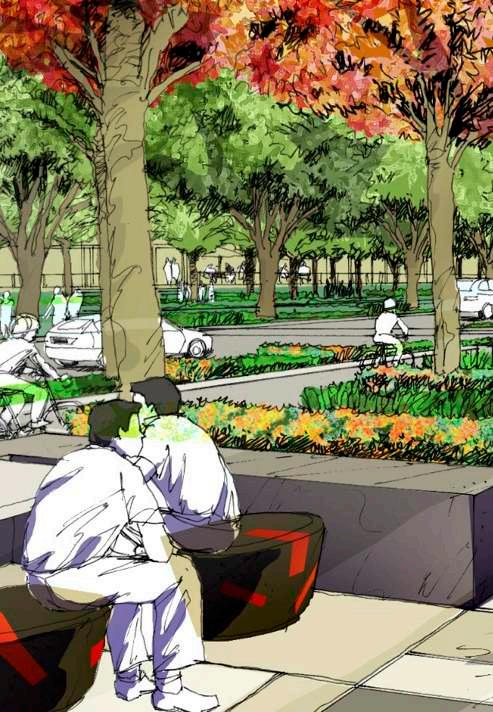
Congress to consider (read: beg for more) research on slow onset climate change impacts, important areas of focus for resiliency were discussed. Among them: the facilities to properly gather and keep data; infrastructure that works and lasts; food security; preservation of community and culture.
Uncannily, New Clark City is equipped to provide these—and then some.
“Resilience, especially with BCDA and NCC, is the ability to have something which is thoroughly thought out, not just on the physical side, but the governance side,” says Wong. “It’s not just a physical design thing. It can be as simple a thing as (having the right) insurance. Financial literacy about a property. New Clark City has a lot of potential, and that’s reassurance for investors and residents.”
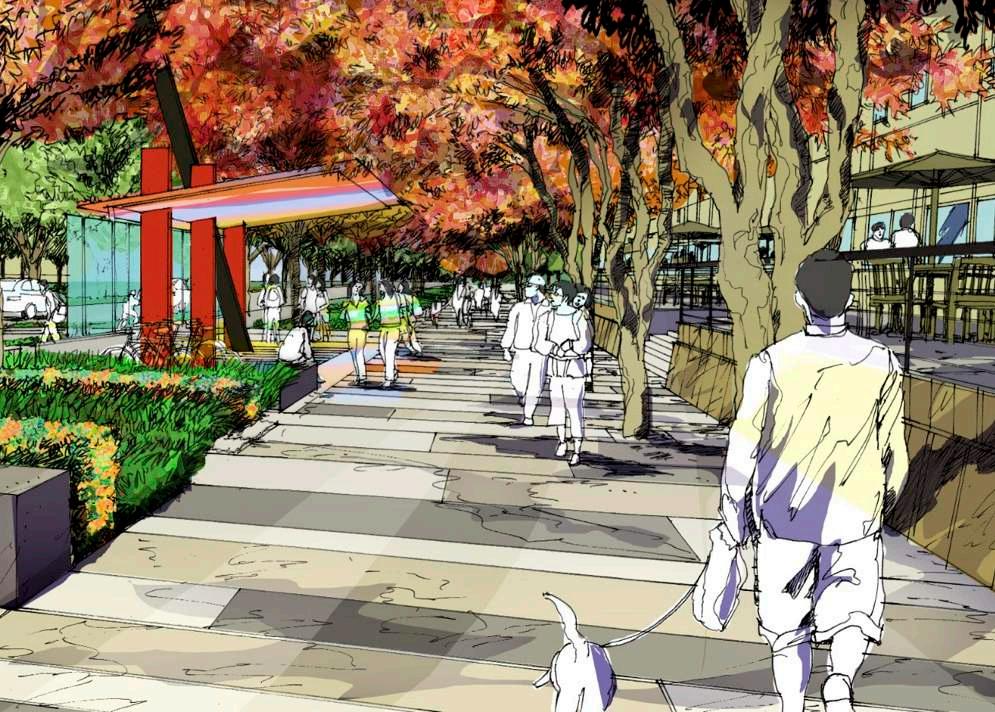
This rendering illustrates what AECOM and BCDA envision for New Clark City: a masterplanned community with an unmatched ratio of green space, smart buildings, and integrated transport systems. With “Investability” and “Connectivity” considered, NCC can be, glibly put, a zombie-apocalypse-proof city.
Regina Abuyuan is a Manila-based writer and editor. She is editor of the award-wining “Agam: Filipino Narratives on Uncertainty and Climate Change” and “Bayuhay: Te Story of the Millennium Challenge AccountPhilippines”.


